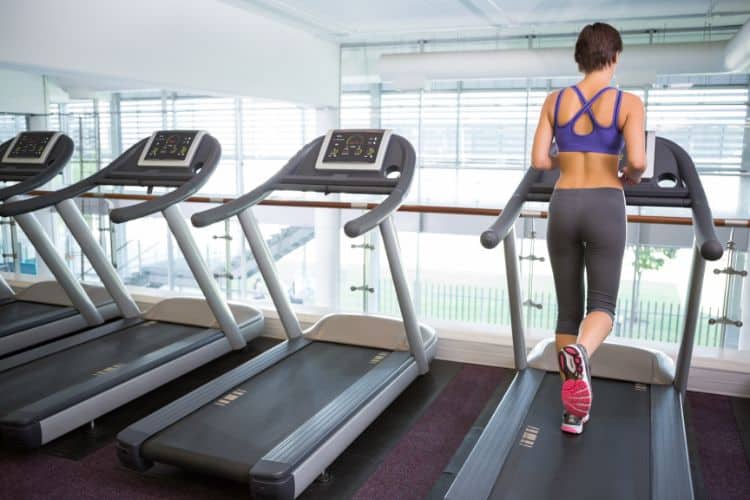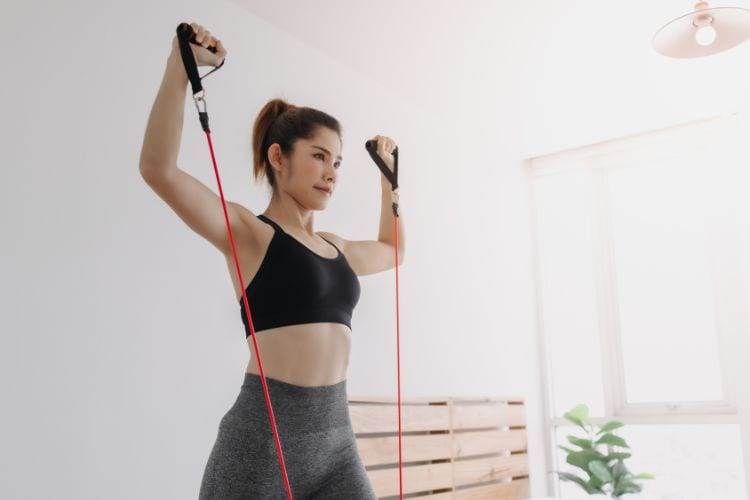Sign up for workout ideas, training advice, reviews of the latest gear and more.





Staying consistent with your workouts doesn’t always require a gym membership or expensive equipment. One of the most versatile, affordable, and effective tools you can use is the resistance band. Lightweight and portable, resistance bands allow you to build muscle, increase flexibility, and improve endurance right from the comfort of your home—or wherever life takes you. In this guide, we’ll break down the benefits of resistance band training, explain how to maximize a 30-minute full body workout, and give you a structured routine to target all your major muscle groups in just half an hour.
Resistance bands are more than just a substitute for weights—they provide unique training benefits that free weights alone can’t match.
You don’t need to spend hours exercising to see results. A 30-minute resistance band workout can be highly effective if structured correctly.
Before diving into your 30-minute routine, spend a few minutes warming up. Resistance bands can also be incorporated into your warm-up for activation.
This dynamic warm-up wakes up your muscles, lubricates joints, and prevents injury.
This workout is divided into three circuits targeting the upper body, lower body, and core. Perform each exercise for 40 seconds, rest for 20 seconds, and complete each circuit twice before moving on.
Place the band across your upper back, loop the ends under your palms, and perform push-ups. The added resistance challenges your chest, triceps, and shoulders.
Anchor the band to a door or sturdy object. Pull toward your chest while keeping your elbows close to your body to strengthen your back and biceps.
Step on the band, hold the ends at shoulder height, and press upward. This strengthens the shoulders and triceps.
Hold the band at chest height with both hands and pull it apart. This move targets the rear delts and upper back.
Step on the band with feet hip-width apart and hold the handles at your shoulders. Perform squats with added resistance for your quads, glutes, and hamstrings.
Place the band above your knees and take side steps. This activates the glutes and hips.
Step on the band, hold the ends, and hinge at the hips while keeping your back straight. This works your hamstrings and lower back.
Wrap the band around your thighs and kick one leg backward, squeezing the glutes at the top. Alternate legs.
Sit on the floor, anchor the band, and twist side to side. This builds oblique strength.
In plank position, pull the band (anchored in front of you) with one hand while stabilizing with the other. Targets the core and back simultaneously.
Wrap the band around your feet and perform bicycle crunches. The added resistance challenges your abs and hip flexors.
Anchor the band low and pull it diagonally across your body. Great for rotational core strength.
Never skip the cool-down—it helps reduce soreness and improve flexibility.
Select a resistance level that challenges you without sacrificing form. Beginners may start with light bands, while advanced users can opt for heavy ones.
Keep your movements controlled. Resistance bands magnify poor form, so focus on alignment and technique.
Increase resistance, add sets, or slow down reps to make your 30-minute sessions progressively harder.
Combine band workouts with bodyweight exercises, cardio, or dumbbells for variety and balanced strength.
Commit to performing this workout 3–4 times per week to see noticeable results.
A 30-minute full body resistance band workout is proof that you don’t need heavy weights or bulky gym equipment to build strength, improve endurance, and sculpt lean muscle. With consistency, proper progression, and mindful technique, you can transform your body and fitness level anywhere, anytime.
So grab your band, set your timer for 30 minutes, and power through this efficient workout. Your body will thank you.
Want more workout and video guide?
Follow us on Pinterest, Facebook, and Subscribe to our Newsletter and Stay tuned for FREE downloads of our App coming soon!
Stay up to date on the latest women’s health, fitness and lifestyle trends and tips.